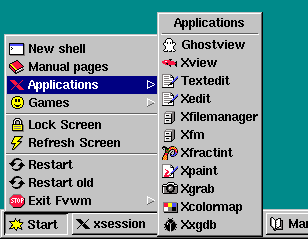Reading on Major Linux Problems on the Desktop 2016 edition
03 Jan 2016Recently I read a great article Major Linux Problems on the Desktop 2016 edition with pain and sadness, yet I agree with most points in it. People have wished and talked many years, but 2016 is not a year for Linux on the desktop. Let’s face the reality, Android has much greater chance to be the “Desktop” OS than Linux 5 years down the road.
I don’t remember what was the first version of Linux distro I used, probably Slackware 3.x. It was fun to fiddle with pkgtool, change the font in the text console, and play with my own Unix-like environment. Then it’s Red Hat Linux 5.2, Turbolinux, and other distros. In my part-time project, I led the effort to run Linux with X Window in embedded environment with 16-MB flash, used MIT-SHM to accelerate the graphics, and trained the team to migrate from Windows to Linux development platform. Later I built HPC cluster using the first version of Fedora, and worked with Linux and Unix for a few years (primarily for scientific computing purpose) until I joined Microsoft. Although I did play with other OSes such as FreeBSD, Tru64, HP-UX, Mac OS, occasionaly, Linux is my favorite one for work and tinkering.
Year after year, Linux devs have been trying to replace Windows on the desktop. Obviously, integrated desktop environment is the critical part of this effort. 15 years ago, there was fvwm95 which mimicked Win95 like the following:

Then KDE showed up and has been greatly improved over time. Some PCs were even preloaded with Linux (and failed miserably). For people who are tech savvy and willing to spend time, Linux can be a decent desktop OS after some tweakings and customizations. However hackers are only tiny percentage of whole population. For most ordinary people, Linux doesn’t work. We should analyze the problems and learn our lesson on this.